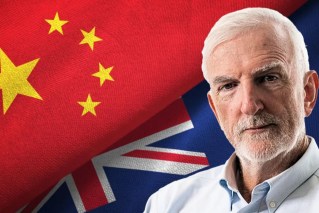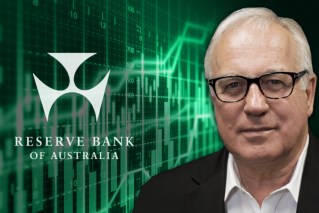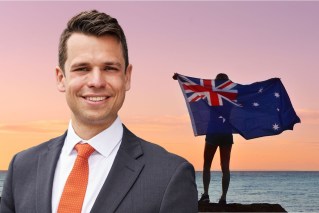Greg Combet: Victoria’s 2030 target leads Australia on climate action
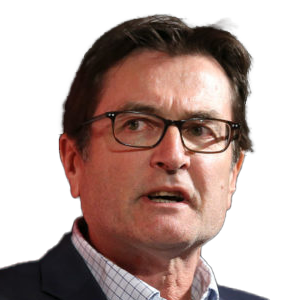
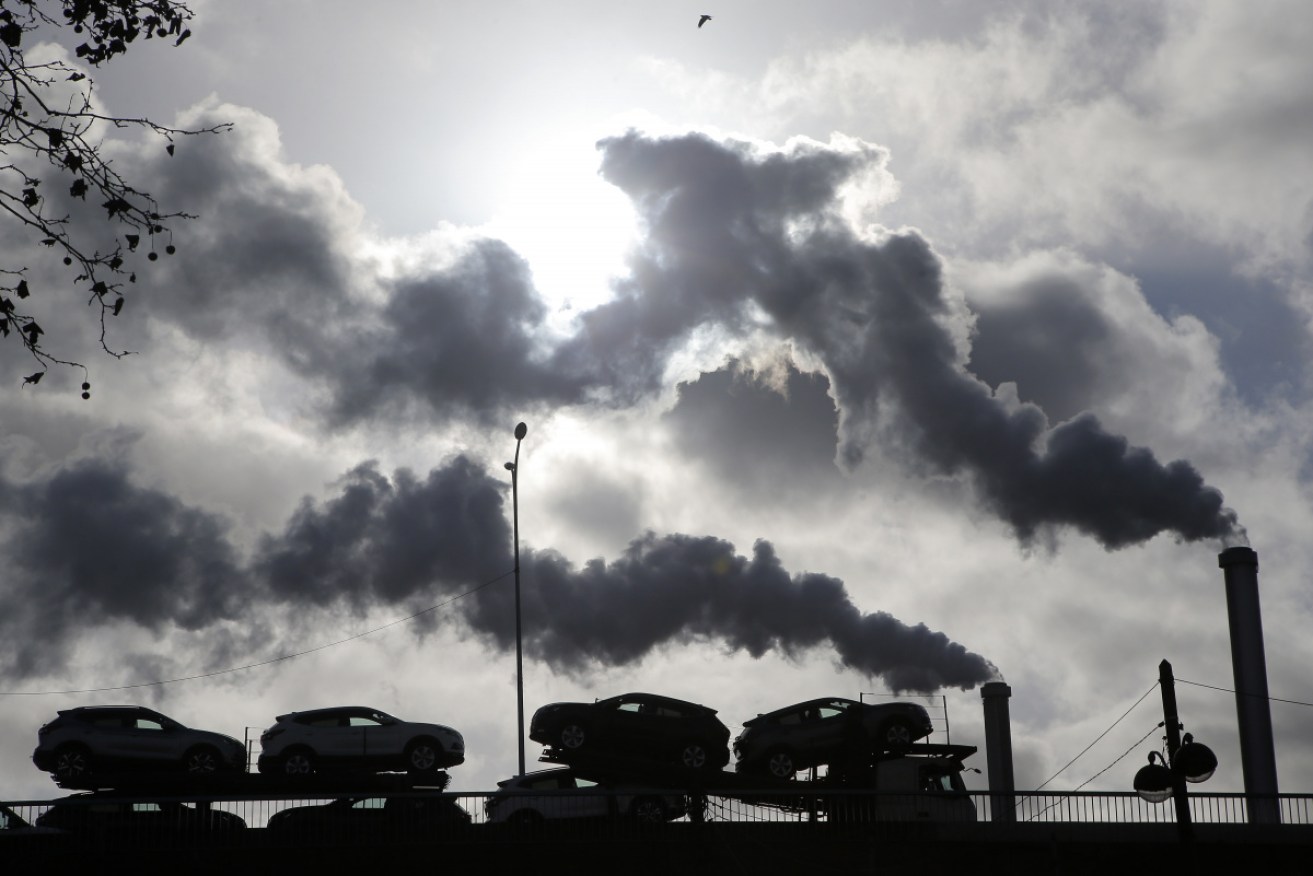
Australia is the dunce of the world when it comes to taking action on climate change, Greg Combet writes. Photo: AP
Joe Biden’s United States has stepped up as a world leader on climate action – leaving Australia exposed as a laggard in its global warming response.
President Biden’s recent climate summit left Australia isolated, lacking a commitment to the achievement of net zero emissions by 2050, without a credible emissions reduction target by 2030, and no plan to transition our economy.
Global warming, like the COVID-19 pandemic, respects no international borders, impacts all economies and populations, and requires all countries to cooperate to face and overcome the threat to humanity.
Every government and every community has a responsibility to shoulder a fair share of the burden.
But in eight years in power Coalition governments have repealed carbon pricing legislation that was working efficiently to reduce our greenhouse gas emissions, wasted taxpayer money on emissions reduction follies, and talked up a false future for fossil fuels.
These years of inaction now risk the imposition of economic sanctions on our exports in the form of carbon tariffs. We also risk losing the potential benefits of the new technologies and job opportunities that will drive the low emissions transformation of economies.
Australia needs to commit to net zero emissions by 2050, plot a pathway to achieving it by setting a credible interim emissions reduction target for 2030, and back the targets up with plans to drive the economic change.
Absent national action, the Victorian government has done just that.
In 2019, I handed my report recommending interim emissions reduction targets to the Victorian government, following the state’s legislated commitment to net zero emissions by 2050.
After analysing the climate science, the opportunities to reduce emissions and the progress other nations were making, the panel recommended emissions reduction targets of 32-39 per cent below 2005 levels in 2025, and 45-60 per cent below 2005 levels in 2030.
We advised these targets would be consistent with the objectives of the Paris agreement to limit global warming.
Targets are important to ensure we are doing our fair share of emissions reduction globally, to identify the scale of the transformation required, and to guide the specific policy measures that will reduce emissions.

A puppet depicting Prime Minister Scott Morrison at a climate rally outside Parliament House in Canberra.
It was rewarding to see Victoria step into the breach and announce its response to the panel’s report, with an impressive commitment to halving Victoria’s greenhouse gas emissions by 2030.
This target is consistent with the efforts of many nations including the US under President Biden.
A 50 per cent reduction in emissions is no small matter in a state historically powered by brown coal electricity generation. So in addition to the target itself, the Victorian government released a detailed strategy, with sector-by-sector breakdown and concrete actions to show how these targets will be achieved.
This is a comprehensive and outstanding piece of work. It will make Victoria an international leader and provide confidence for investors and the community in the targets and the emissions reduction strategy.
I know some environmental activists were lobbying for Victoria to adopt targets at the higher end of the panel’s range, but inaction at the national level makes this economically impractical.
In particular, it would require a coherent national approach to the transformation of energy generation, something resisted in Canberra.

Greg Combet says the federal government needs to follow Victoria’s lead in climate action.
This was a point made by the independent panel at the time we made our recommendations – that in order to adopt the higher end of the target ranges we proposed, there would need to be strong leadership from the Australian government.
Every sensible stakeholder, from farmers to unions, and industry to investors, are demanding the Morrison government do what Victoria has now done – legislate a net zero 2050 goal, set ambitious interim targets to get us there, and strongly support renewable energy.
We owe nothing less than this approach to future generations. As articulated by the Paris Agreement, this is the approach required to limit global temperature increases to well below 2°C, and pursue efforts to hold temperature rises to 1.5°C.
Victoria’s new 2030 target will involve one of the most rapid rates of decarbonisation of any state in Australia. Fundamental to achieving that target will be a set of measures that are economically responsible, environmentally effective and socially just.
It will involve the continuation of a sensible long-term transition from brown coal generation to renewable energy, support for job creation in affected communities, and the accelerated adoption of electric vehicles amongst other initiatives.
It will reposition Victoria for the future.
Australians know that we need to act on climate change. Victoria is showing how it can be done.
Greg Combet was the chair of the Independent Expert Panel recommending interim emissions reduction targets for Victoria, and was previously minister for climate change in the Rudd and Gillard governments.
He is also chairman of Industry Super Holdings, which owns The New Daily



